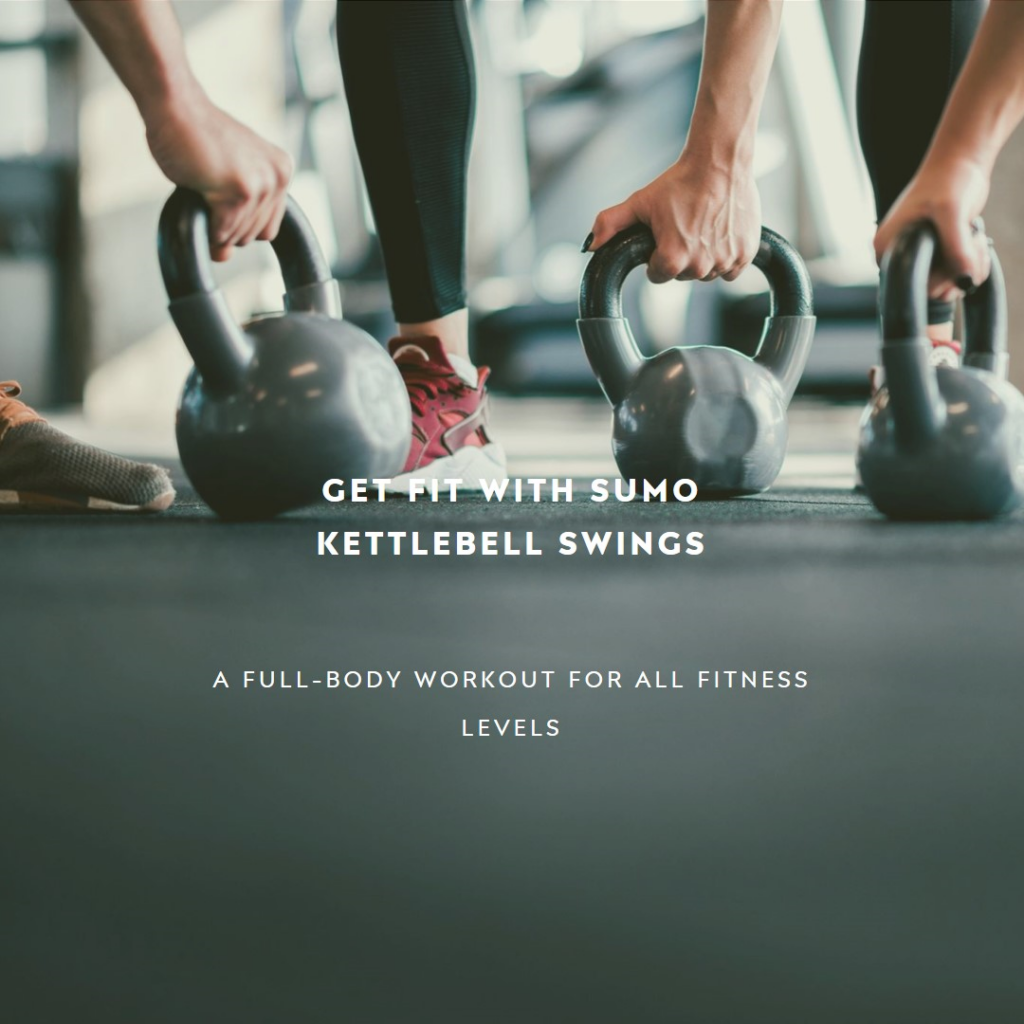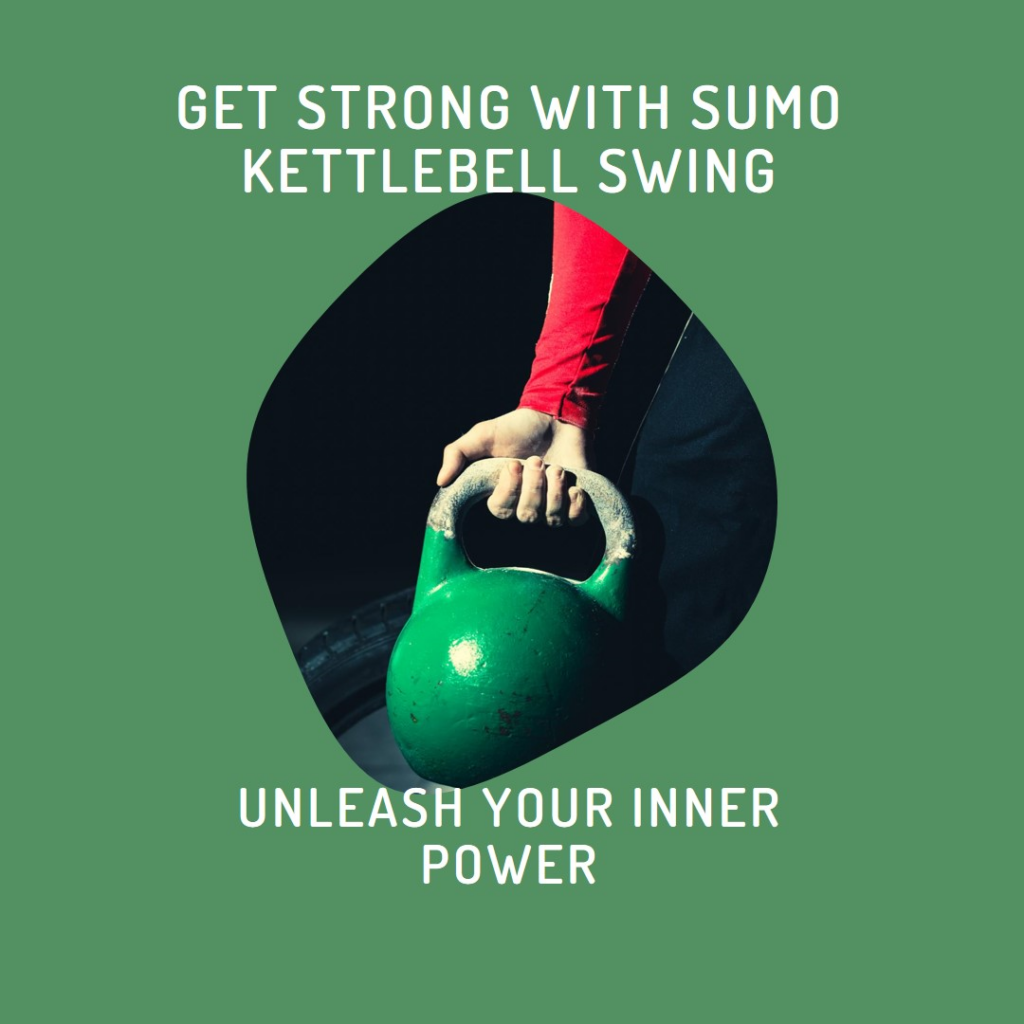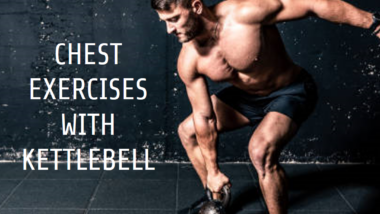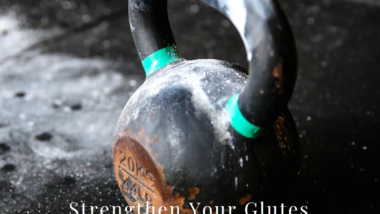Sumo Kettlebell Swings
Kettlebell swings have been a staple in many fitness routines, but have you tried the sumo variation? Sumo kettlebell swings offer a unique twist to your workout, targeting different muscle groups and providing a range of benefits.
In this guide, we’ll delve into the world of sumo kettlebell swings, exploring their advantages, proper technique, and how to incorporate them into your fitness journey.
Introduction to Sumo Kettlebell Swings

Kettlebell workouts have exploded in popularity over the last decade, offering an efficient way to perform strength and cardio exercise using a single piece of equipment.
Unlike bulky weight machines, kettlebells are portable and dynamic – allowing swinging motions and ballistic movements that work the entire body in new ways.
Of all the kettlebell exercises, the swing may be the most foundational and functional. Swings build tremendous hip and leg drive while also training the upper back, core, and grip strength.
Sumo kettlebell swings put a unique twist on the standard two-handed swing by widening the stance to better target the inner thighs, glutes, and hamstrings for a true lower body burner.
What Muscles Do Sumo Kettlebell Swings Work?
The sumo deadlift stance of the sumo kettlebell swing shifts more emphasis onto the posterior chain muscles of the hips and legs. Primary muscles worked include:
- Glutes – Hip extension recruits maximal glute activation.
- Hamstrings – Assist with hip hinge motion; eccentrically resist squat motion.
- Inner Thighs – Widened stance targets adductors to stabilize.
- Quadriceps – The squat down phase engages quads.
- Core – Brace to protect spine; resist rotation.
- Upper Back & Shoulders – Stabilize and drive kettlebell overhead.
- Forearms – Grip kettlebell tightly throughout motion.
Proper Form and Technique
Executing the sumo swing with proper form is crucial for safety and results. Follow these form cues:
Stance – Feet wider than shoulder-width apart, toes pointed out at an angle.
Hinge – Initiating swing with a hip hinge, sending hips back while keeping a flat back.
Drive – Powerfully drive hips forward to swing kettlebell between legs.
Swing – Ride momentum as kettlebell swings out to chest height. Control on return.
Grip – Hold horn of kettlebell securely with both hands.
Brace – Engage core muscles to stabilize spine in neutral.
How to Execute the Sumo Kettlebell Swing
Follow these step-by-step instructions to perform the movement:
- Stand with feet wider than shoulder-width, toes angled out 15-30 degrees.
- Grasp kettlebell handle firmly with both hands, arms extended in front of body.
- Initiate swing by hinging at hips, sending butt back while keeping flat back.
- Drive hips explosively forward to begin swing motion.
- Allow kettlebell to swing back between legs.
- As it swings forward, guide it up to chest height by straightening body.
- Hinge at hips again to swing kettlebell back. Control descent between legs.
- Repeat powerful hip drive to continue reps.
- Perform 10-15 reps for 2-3 sets.
For beginners, focus on form with lighter kettlebell before adding weight. Perform slow, controlled reps until movement pattern feels stable and strong.
Common Mistakes

Refrain from these errors to maximize benefits and safety:
- Rounding Upper Back – Can strain back. Maintain neutral spine.
- Squatting Too Low – Increases knee strain. Hinge at hips instead.
- Arm Bent Elbows – Causes arm tension. Keep arms straight.
- No Hip Drive – Limits power and glute activation. Explosively drive hips forward.
Modifications like reduced range of motion can make the exercise more accessible. Moreover, lighter kettlebells are easier to control for beginners.
Sample Sumo Kettlebell Workouts
Here are sumo swing routines for all levels:
Beginner
2-3 sets x 10-12 reps
Focus on form. Use light kettlebell like 15-25 lbs. Take breaks as needed.
Intermediate
4-5 sets x 8-10 reps
Challenge technique and endurance with moderate weight like 30-40 lbs. Limit rest between sets.
Advanced
5 sets x 15-20 reps
Display mastery of movement pattern with heavy weight like 50+ lbs. Reduce rest times for metabolic conditioning.
Kettlebell swings should be trained consistently over time as part of a comprehensive fitness program including strength training, cardio, and mobility work.
Additional Kettlebell Exercises
While swings are foundational, supplement with other moves:
- Goblet Squats – Hold kettlebell at chest to overload squat.
- Kettlebell Cleans – Powerfully clean kettlebell from floor to racked position near shoulder.
- Kettlebell Snatch – Explosively snatch kettlebell overhead in one fluid motion.
- Kettlebell Rows – Row kettlebell to torso for upper back strength.
- Kettlebell Presses – Press kettlebell overhead. Can use one or two bells.

Conclusion
Adding sumo kettlebell swings to your training routine will build tremendous hip and leg strength. Make sure to master proper hinge and drive technique for best results.
Start light to reinforce movement pattern before progressively overloading.
For more guidance on safe kettlebell training, check out these additional resources:
- Local group kettlebell classes
- Trainer-led online kettlebell programs
- Books and videos on kettlebell fundamentals
Stick with your sumo swing practice, and the unique exercise will continue unlocking athletic potential.
Frequently Asked Questions
How much should I swing the kettlebell?
Swing the kettlebell only to chest height to avoid overstraining the shoulders. Use hip drive to power swing rather than arms.
Can this exercise injure my back?
Yes, if using too much weight too quickly or swinging with a rounded back. Build gradually and maintain neutral spine by hinging at hips properly.
Should my knees track over my toes?
No. Think of sumo squat form where knees track outward over feet at an angle thanks to extra wide stance.
Is there an age requirement or limit to swing kettlebells?
Consult doctor before starting any new exercise program. But with medical clearance, most healthy adults can safely perform swings. Reduce range of motion if needed.
Can I do a sumo swing with one hand?
Yes, but start with two-handed swings to reinforce technique. One-handed swings require more coordination and core stability.


